The Lotus Seven Series 2 Sports Car
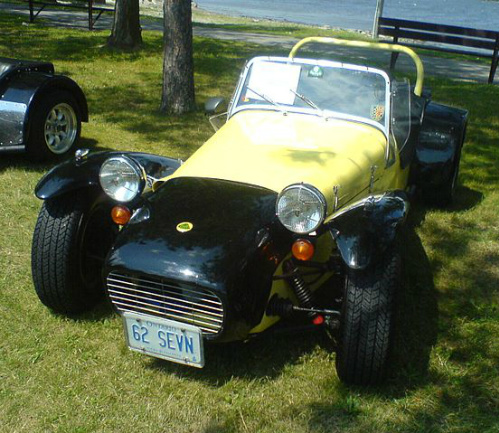
Lotus Seven Series 2
from Classic to Modern
Series 2 On The Track
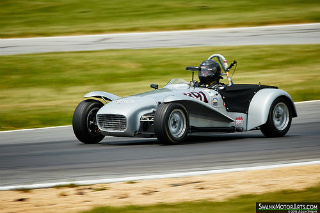
1961 Lotus 7 This Series 2 used a 1340 cc 16 valve engine with a top of 95 mph and 0-60 in 10.7 secs. This great shot shows driver Herb Wetanson during a Group 4 Sprint at the 2015 Jefferson 500
The Lotus Seven Series 2 sports car was launched in July 1960.
There were a number of differences between it and the Series 1, including:
- Less tubing in the spaceframe chassis
- Aluminium nose section and wings were replaced with fibreglass equivalents
- Back axle used in the Nash Metropolitan was now replaced with one from the Standard 10 saloon
- Reducing the size of the under tray at the rear
- Increasing the capacity of the fuel tank
- Redesigning the rack and pinion steering in order to increase the length of the pedal box
The result of these changes was an associated reduction in the costs of production.
In January 1961, the Series 2 was now powered by the 997 cc, Ford 105E engine as used in the Ford Anglia saloon.
In mid 1961, the 105E was replaced by the 1340 cc, Ford 109E engine as used in the Ford Consul Capri saloon.
The biggest problem with the Series 2 was the Standard 10 back axle which, under acceleration, would tend to leak, resulting in a seized differential.
The solution was to increase the strength and number of bolts attached to the casing of the differential.
However, this problem did not detract from its popularity, with the Series 2 outselling the Series 1.
The fact that the car appeared in the TV series "The Prisoner" also helped in the marketing of the Series 2.
| Technical Data | Series 1 | Series 2 | Series 3 |
|---|---|---|---|
| Production | January 1961 | Mid 1961 | September 1962 |
| Engine, cc | 997 | 1340 | 1498 |
| Cylinders, bhp | 4, 39 | 4, 54 | 4, 66 |
| Torque ft/lbs | 53 | 66 | 75 |
| Top Speed mph | 89 | 95 | 100 |
| 0-60 mph, secs | 13.5 | 10.70 | 8.3 |
| 0-100 mph, secs | - | - | - |
| Standing 1/4 Mile, secs | - | - | - |
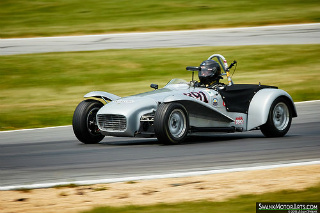
1961 Lotus 7 This racer was driven by Herb Wetanson during a Sprint Race for Group 4 in the 2015 Jefferson 500
1963 Series 2 Lotus 7 Seen at a local Classic Car Show, a smart example in British Racing Green
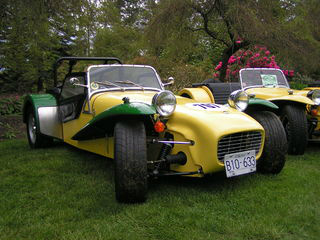
Both 1965 Series 2
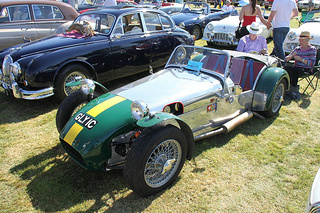
1963 Lotus 7 Series 2
In September 1962, the Ford 109E engine was replaced by the 1498 cc, Ford 116E unit, as used in the later Ford Consul Classic saloon.
It was fitted with a single SU carburettor.
However, by this time, Lotus was beginning to move away from its roots in the kit car market to concentrate more on producing up market sports/racing cars.
Colin Chapman had never been wholeheartedly behind the Lotus Seven, and he felt that now was the time to consider withdrawing from this market sector.
It was at this time that the presence of Caterham Cars was brought more into focus.
In fact, from the very beginning of the Lotus Seven, they had showed unswerving support for the car, being one of its main dealerships.
As time went by, they became more and more involved in the marketing, sales, and promotion of the Seven, with the full support of Colin Chapman.
In 1966, things almost came to a head, but they stepped forward to prevent the cars' demise.
Finally, in 1967, it was agreed that they would become the sole distributors of the Lotus Seven, and be totally responsible for its marketing and sales.
By 1968, it was obvious that the Seven needed a programme of updating which would culminate in the creation of the Lotus Seven Series 3.
Between 1960 and 1968, a total of 1,370 units of the Series 2 were built.
SPORTS CARS FOR SALE
A 1960 Lotus Seven Series 2 in very good condition would fetch in the region of £25,000/$40,000 to £30,000/$50,000. On the other hand, an excellent fully restored example would command around £40,000/$60,000.
.
.
see All My Reviews
Home › Lotus Sports Car › Lotus Seven Series 2 Sports Car
Got an interesting Sports Car story to tell?
Lotus Links
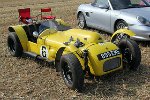
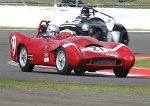
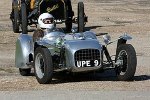
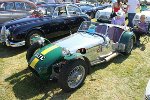
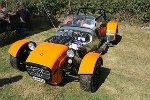

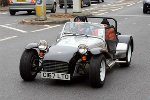
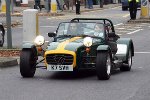
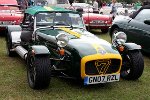
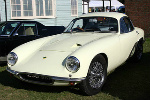
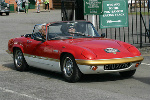
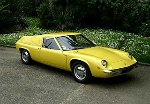
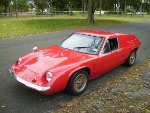
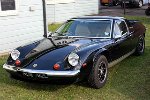

no picture
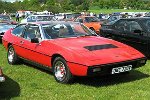
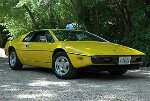


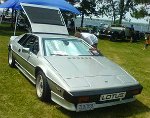



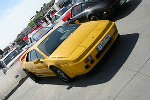

no picture


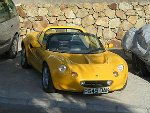

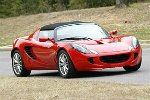
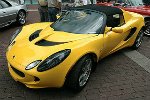
Lotus Links End
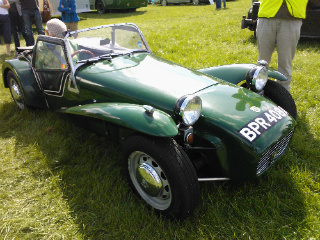
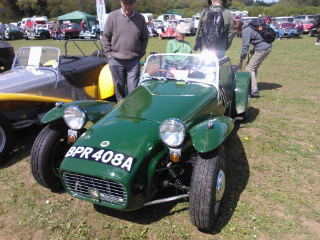





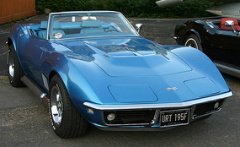
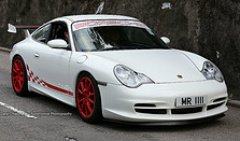
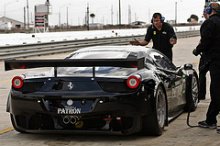
New! Comments
Have your say about what you just read! Leave me a comment in the box below.